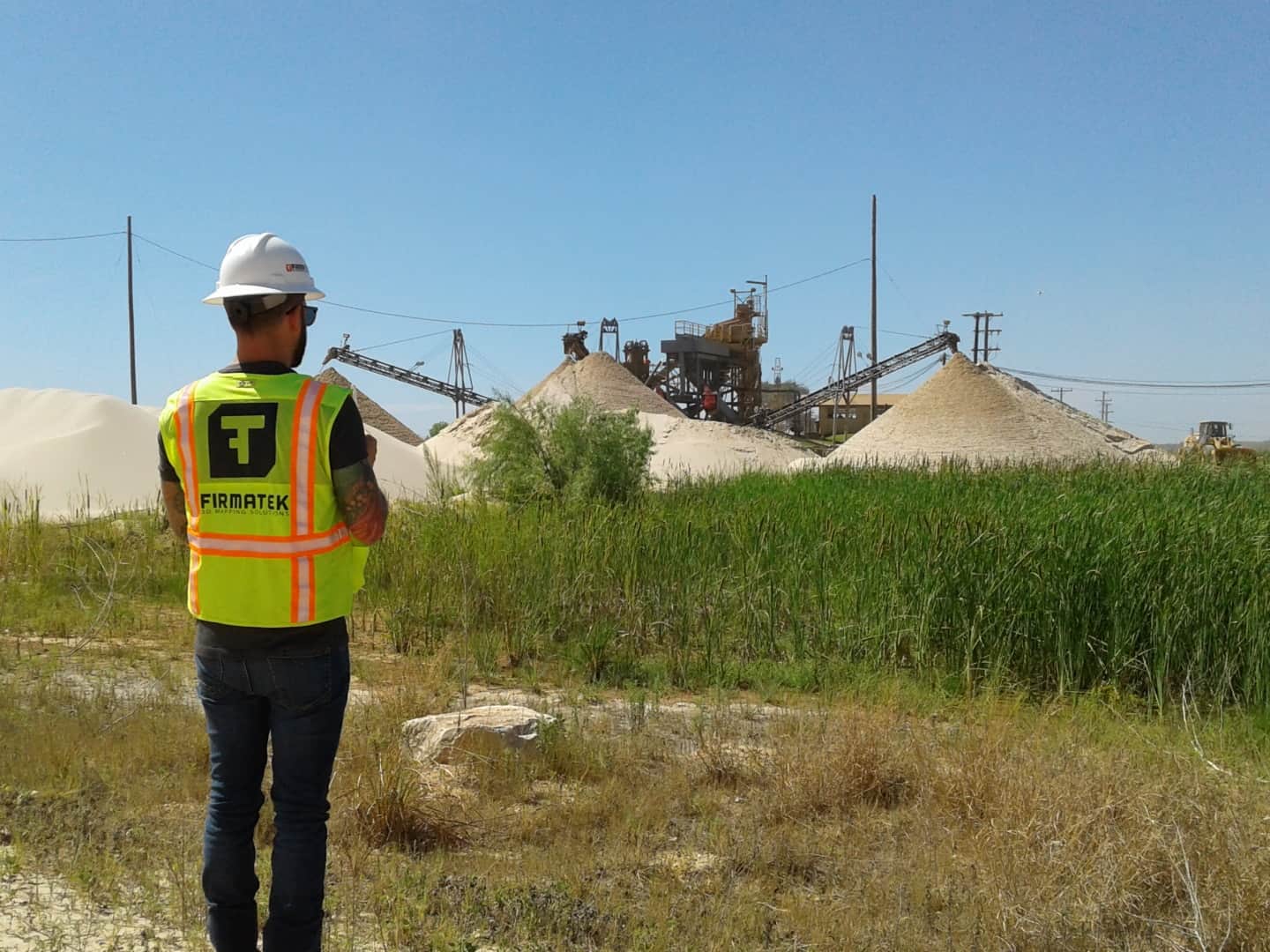Mine safety has once again become a contentious issue in America, as the federal government works to strike a balance between MHSA regulations and the business concerns of smaller mining firms.
In the meantime, several companies are developing technologies that will continue to improve the safety standards of mines around the world. Things like smart devices and automation are able to save lives at mining sites right now.
Here are four of mining safety technologies we are excited about.
Worksite Simulators
Experience is so incredibly valuable down in a mine. That’s why, when coal mining was booming in parts of the country a decade ago, there was a rush to train young hires quickly.
Otherwise, as Brett Dillon, director of the United Mine Workers of America Career Center, told the Register-Herald in West Virginia in 2008, local mines would have had to rely on an aging workforce full of people close to retirement.
“The problem is that we went 20 years — a whole generation — and hired very few coal miners,” Dillon said at the time. “We’ve got a generation there left out. Now we’ve got a lot of miners retiring and nobody to fill their shoes, as far as experience. Companies will have to hire trainees — or red hats — to fill the voids created by the retirements.”
No matter what is inside the mine — coal, iron ore, platinum, whatever — it’s important to get red hats up to speed. For generations, on-site training was the only option to do this. But today, simulators are teaching inexperienced miners on-the-job lessons without the consequences.
In other words, red hats are able to learn from their mistakes these days.
What Training Superintendents Can Do Today With Simulators
Take the Zero Harm training service that Immersive Technologies offers as an example. This lets truck drivers experience and prep for a whole variety of mining emergencies, but in an environment where no real harm can be done.
“I would say we’ve had a 20% improvement in truck operating efficiency and we have certainly seen a reduction in metal-to-metal accidents as well,” one Freeport-McMoRan superintendent said of the training.
e-Tech Simulation offers its own suite of training programs that can help new hires learn how to operate hydraulic excavators, off-highway trucks and any other heavy machine a worksite might call for:
Radio-Frequency Identification
For generations, the most accurate way to establish the whereabouts of a miner was a headcount. Remote communication tools are spotty at best; you don’t quite get cell reception hundreds of feet below the earth.
But research shows that RFID technology can be used to account for and locate miners underground. In a paper for the Production and Inventory Management Journal, Drs. Arijit Sengupta and Shu Schiller from Wright State University, alongside Licai Wang of the Linyi Mining Group, demonstrate how an RFID system can
- pinpoint where a miner is underground in real time,
- trace the miner’s movements, and
- generate attendance reports for safety performance recordkeeping.
What’s more, the business case for an RFID system is an easy one to make. “Well placed RFID readers are able to track the movement of all workers tagged with inexpensive, durable, lightweight tags,” writes Jim Donaldson at Mojix, a provider of wide-area RFID systems.
“The RFID system can be linked with air quality sensors and controlled explosion schedules, meaning any worker in the wrong place can be identified, contacted and removed from danger. Safety equipment can also be tagged, so in the event of an accident miners can be directed to life-saving gas masks, refuge chambers and the best location for escape or rescue.”
Smart Helmets
Several companies are working to make wearable technology a life-saver for miners. Again, it’s worth contrasting old safety protocols: What’s a canary to a real-time carbon monoxide monitor that can project a readout on your visor?
Presistem in Spain has a smart helmet, called Angelhelmet, that can constantly monitor air quality, the movement of people around you and your position with GPS coordinates, among other inputs. Then, in the event of any kind of emergency, the helmet knows to relay a warning signal, or it can put you through to someone above ground for a hands-free call.
Deloitte is also working on its own smart helmet. The company’s mining and resource leader, Jürgen Beier, says the helmet has a red light/green light communication device, and several sensors to detect toxic gases and radiation.
“This allows us to manage the mine almost like a battlefield, sending equipment and workers where they are needed the most,” Beier tells Mining Magazine. “There is a big need in the industry to improve the overall system productivity. This allows us to manage the mine proactively.”
And in India, students at the Datta Meghe Institute of Engineering, Technology & Research, Wardha in Pune have developed a smart helmet with a smoke detector and LCD display that can sound an alarm in case of fire or a gas leak.
Robots and Automation
As more and more manual processes become automated across every industry, we expect to see safety outcomes rise across the board simply through the elimination of human error.
Self-Driving Vehicles
The biggest opportunity for automation at mining sites, at least in the near term, is to have vehicles that can drive themselves.
In January, Corin Faife at Vice spoke to a number of mining executives about the future of worksites, and what role automation will play. Several people he spoke to noted the safety aspect of self-driving vehicles.
“According to Rio Tinto, these vehicles can boost productivity while helping to improve mine safety at the same time,” Faife writes. “In the company’s Australian mines, for example, many first generation driverless vehicles are actually operated remotely by crew hundreds of kilometers away, taking drivers away from the punishing summer heat (sometimes in excess of 110° F) and cutting down the risk of errors induced by fatigue or environmental stress.”
Autonomous Solutions Inc. has an excellent video that demonstrates the potential for a self-driving ground fleet at a mine:
Autonomous Rescue Devices
Operations aren’t the only aspects of mining made safer through automation. Rescues can be more responsive, too. Daniel Moore at the Pittsburgh Post-Gazette has the story of two devices, a snake robot and 600-pound robot, designed to make rescue operations much more efficient.
The snake robot, developed by MSHA, can bore a 4-inch hole through the earth to reach people trapped underground.
And the larger robot features a mechanical arm that’s strong enough to move humans or debris.
“The technology is leaps and bounds beyond anything I ever imagined 37 years ago, sitting in that station wagon wondering if my numbers would make it down there in time for them to make a decision on what to do,” MSHA administrator for coal mine safety and health Kevin Stricklin tells Moore. “That’s what all this equipment does for us. It gives us a real-time snapshot of what’s going on.”
images by: 1971yes/©123RF Stock Photo


